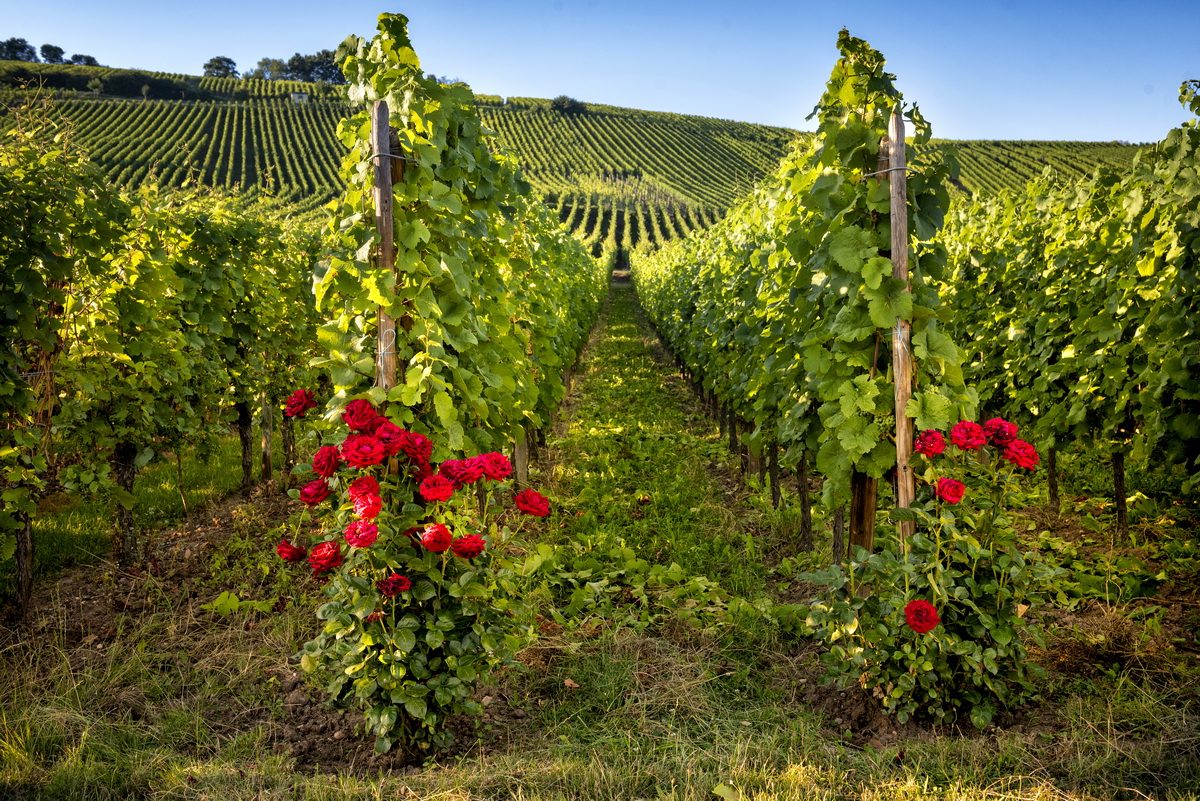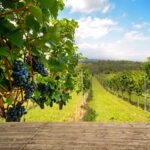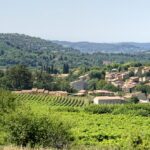Plant cover: a solution for preserving soil in hot climates

Preserving the land in the face of climate change has become a major challenge for many farmers. In the hottest regions, drought is putting the soil to the test, while intensive farming sometimes struggles to reconcile productivity with respect for the environment. What if the key to this resilience lay in a practice as simple as it is effective: plant cover?
Valuable allies for soil health
Plant cover consists of temporarily sowing plants on an agricultural plot between two main crops, or even in the middle of a vineyard. The effect of this cover crop on the soil is manifold: it limits erosion, enriches the soil with carbon, improves water retention and reduces weed proliferation. The result is a significant reduction in intensive ploughing and improved soil structure, conducive to dense, dynamic microbial life.
Every winter, many winegrowers install a plant cover over the entire vineyard to store nitrogen from the air in the soil, protect biodiversity from wild species and stop the life cycle of diseases and weeds. This practice adds a truly sustainable dimension to vineyard work.
The benefits of plant cover in a hot climate
As temperatures rise and rain becomes scarcer, it becomes crucial to keep the soil cool and fertile. The plants that make up the canopy act as a protective screen. Their presence not only limits water evaporation, but also creates a refuge for auxiliary fauna and micro-organisms. This bulwark against drought is not a luxury: it's an invaluable asset for modern agriculture.
A natural carbon stock
Plant cover acts as a "carbon pump": the roots capture atmospheric CO2, which is then trapped in the soil. Over time, this mechanism not only improves soil structure, but also helps mitigate climate pressure by storing carbon over the long term.
More efficient simplified cultivation techniques (TCS)
Techniques known as TCS (Techniques Culturales Simplifiées - simplified cultivation techniques) are often based on reduced ploughing and direct or semi-direct seeding. Cover crops fit perfectly into this approach, as they make it easier to plant subsequent crops: as the soil is already loosened by the roots, sowing is done gently, without disturbing underground life too much.
Setting up a successful plant cover
Adopting a plant cover is a simple process, but requires careful observation and a few adjustments according to the context. Here are two key points to keep in mind:
- Choose the right species: select plants that can thrive in your climate. Certain leguminous plants, for example, fix nitrogen efficiently and boost soil fertility.
- Anticipate cover management: destruction (by rolling, shredding or mowing) must be scheduled to take account of the crop cycle and the weather. This avoids any risk of competition with the main crop.
Measurable, lasting benefits
In addition to limiting erosion and protecting biodiversity, plant cover represents a major economic challenge. Fewer phytosanitary products to control weeds, less dependence on irrigation water and, ultimately, a more fertile soil: all this translates into savings in time and money, with a positive effect on farm profitability.
Here are some of the major benefits identified by farmers who use plant cover crops:
- Improved soil structure: roots create a network of channels, facilitating infiltration and water storage.
- Reduced inputs: less use of herbicides and mineral fertilizers, thanks to nitrogen fixation by legumes.
This double reduction in inputs and ploughing encourages more economical cultivation that respects the soil. Numerous professionals testify to a new-found harmony with their plots, where microbial life regains its rights and soils appear more resilient in the face of climatic hazards.
Towards an agricultural renaissance
Opting for plant cover in a hot climate means investing in the future of your farm. This approach works wonderfully well with TCS, and enhances the balance between soil preservation and crop productivity. By integrating plant cover throughout the vineyard every winter to store nitrogen from the air in the soil, while protecting biodiversity and breaking disease cycles, farmers are part of a sustainable and promising dynamic.
Far from being a mere artifice, green cover proves that it is possible to combine economic pragmatism with ecological awareness. And what if, in a world in search of balance, this approach were to become the new standard for agriculture? The positive effects on soil preservation, carbon recovery and drought control make it a real lever for renewal. Every sowing, every technique tried out, every well-managed cover crop is a blueprint for a bolder, more respectful agriculture, more confident in its future.






